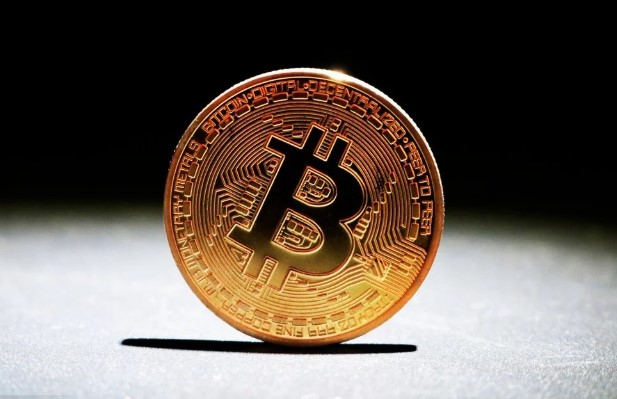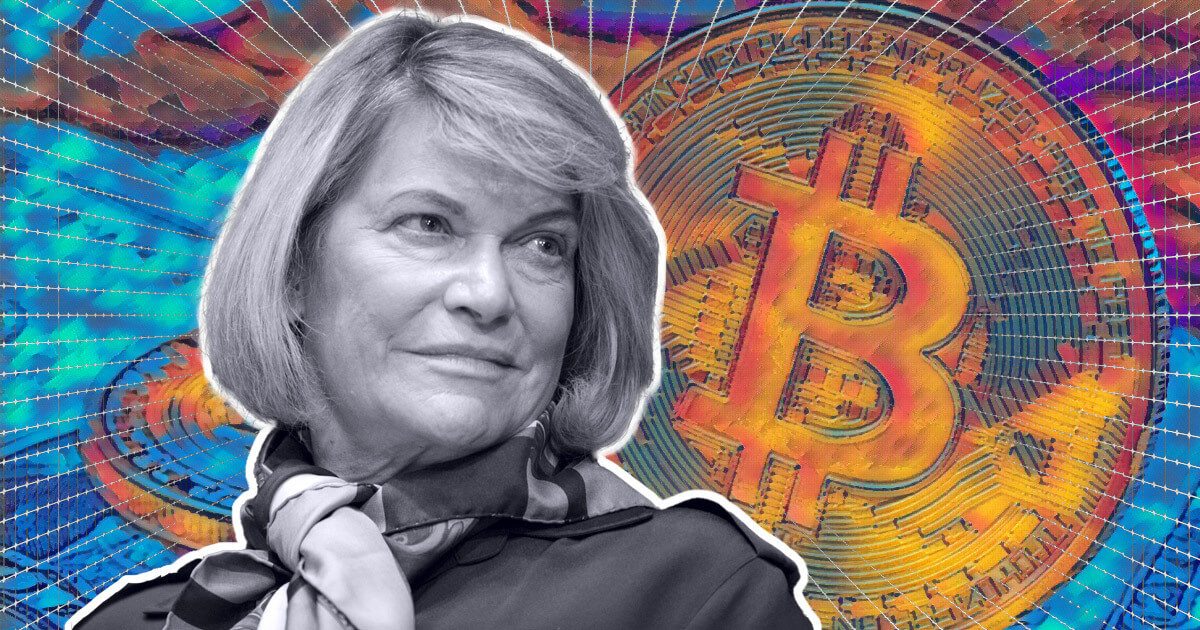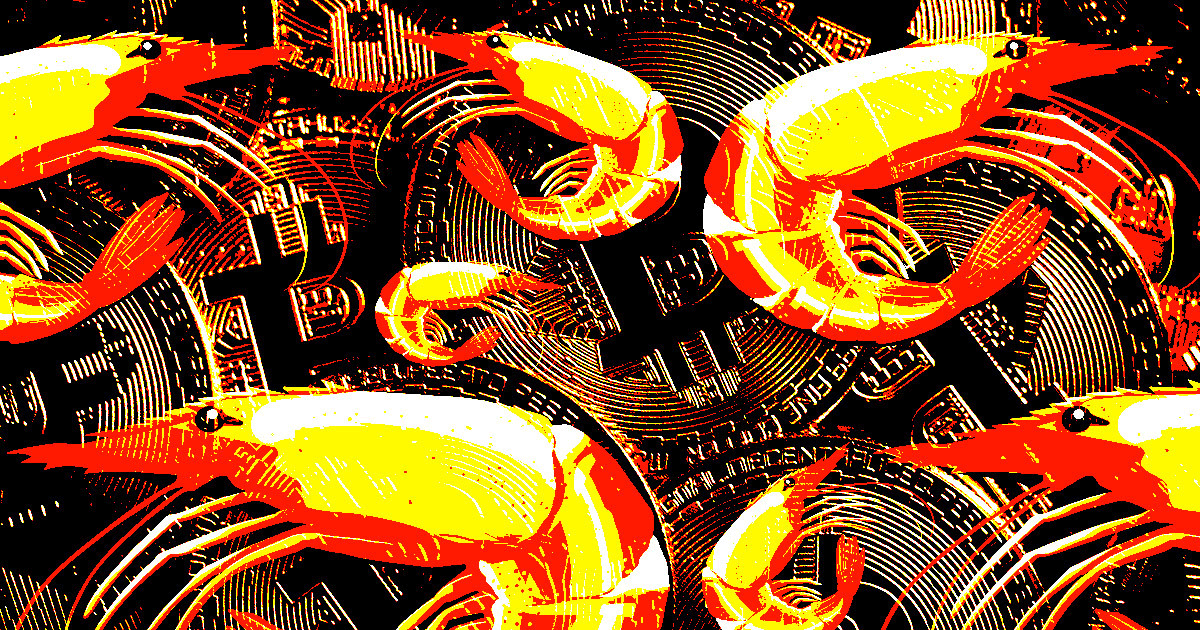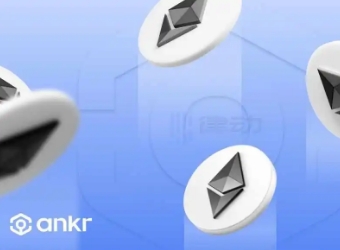What is Chainlink? What is the core technology of Chainlink? Chainlink oracle was jointly founded by Sergey Nazarov and Steve Ellis in 2015, and the original platform currency LINK was sold through ICO in September 2017
Generally speaking, a decentralized application is to write the smart contract on the blockchain. If the decentralized application must crawl the real-time bitcoin market, it will use a software called Oracle. It can be imagined that it is an API that undertakes to connect the external bitcoin market and distribute it to the decentralized application. In the oracle machine, there is a star project that is favored by the encryption market, namely Chainlink, which may be unfamiliar to some novice investors. Now let's look at what Chainlink is and what its core technology is.
What is Chainlink?
Chainlink oracle was jointly founded by Sergey Nazarov and Steve Ellis in 2015, and the native platform currency LINK was sold through ICO in September 2017. Its purpose is to build a decentralized Oracle node network and build a trusted database for Oracle connected to the client and node. Chainlink provides node connection with Ethernet coin, Bitcoin and non ordinary book. These external adapters can be customized for any system and written in any programming language, which means that Chainlink can be used in any blockchain (public, licensed or private) and can connect to any external system. With this new role, smart contracts can now browse all kinds of resources that were difficult to realize before, such as smart contracts of fiat currency, smart contracts of credit cards and any smart contracts implemented based on data.
What is the core technology of Chainlink?
The fundamental reason why Chainlink can achieve decentralization to ensure the accuracy of data is that it has the following three operating mechanisms:
1. Node
The role of nodes is to interface with external information and provide data to the intermediary layer so that decentralized application can operate.
2. Intermediary layer
The key function of the intermediary layer is to ensure the accuracy of the materials. Generally speaking, the intermediary layer will interact with the smart contract to transmit the data required by the smart contract to the node, so that the node can go to the outside world to find materials independently. After searching, the node will send the materials back to the intermediary layer for aggregation, check and select the data, and weighted the integration benefits to the smart contract.
3. Reputation system
According to the number of LINK currencies pledged by the node in the past and its previous reputation records, such as the number of applications, the frequency of data provision being accepted, etc., the score system is comprehensively evaluated.
Generally speaking, the higher the score, the better, because nodes with poor reputation are not easy to be assigned.
So the simple operation step is to interact the decentralized smart contract with the intermediary layer of Chainlink. Tell him what the materials I want, and the intermediary layer will transmit the requirements to the node. The node will receive the external information through the API and send the data back to the intermediary layer. The intermediary layer will conduct the aggregation, that is, check and sort the materials, and benefit the smart contract.
Speaking of this, I believe you have a certain understanding of what Chainlink is and what its core technology is. In general, Chainlink has achieved real "decentralization" here, and solved the single data point problem that may occur in the centralized oracle. With the help of decentralized nodes and the intermediary layer responsible for aggregation, Chainlink successfully crawled the external data onto the blockchain to ensure the accuracy of the crawled data.















 Tue, 18 Apr 2023
Tue, 18 Apr 2023
